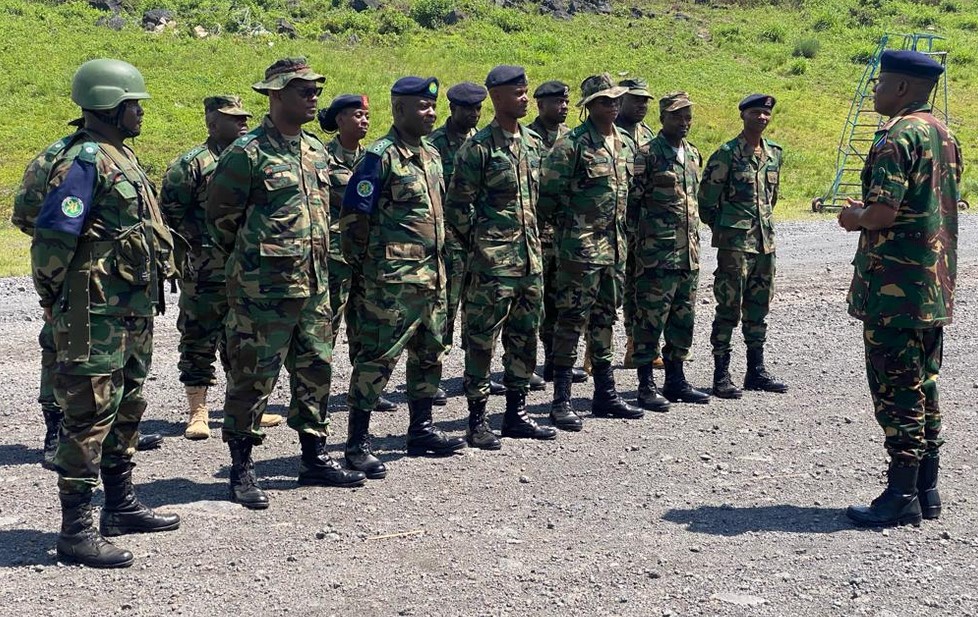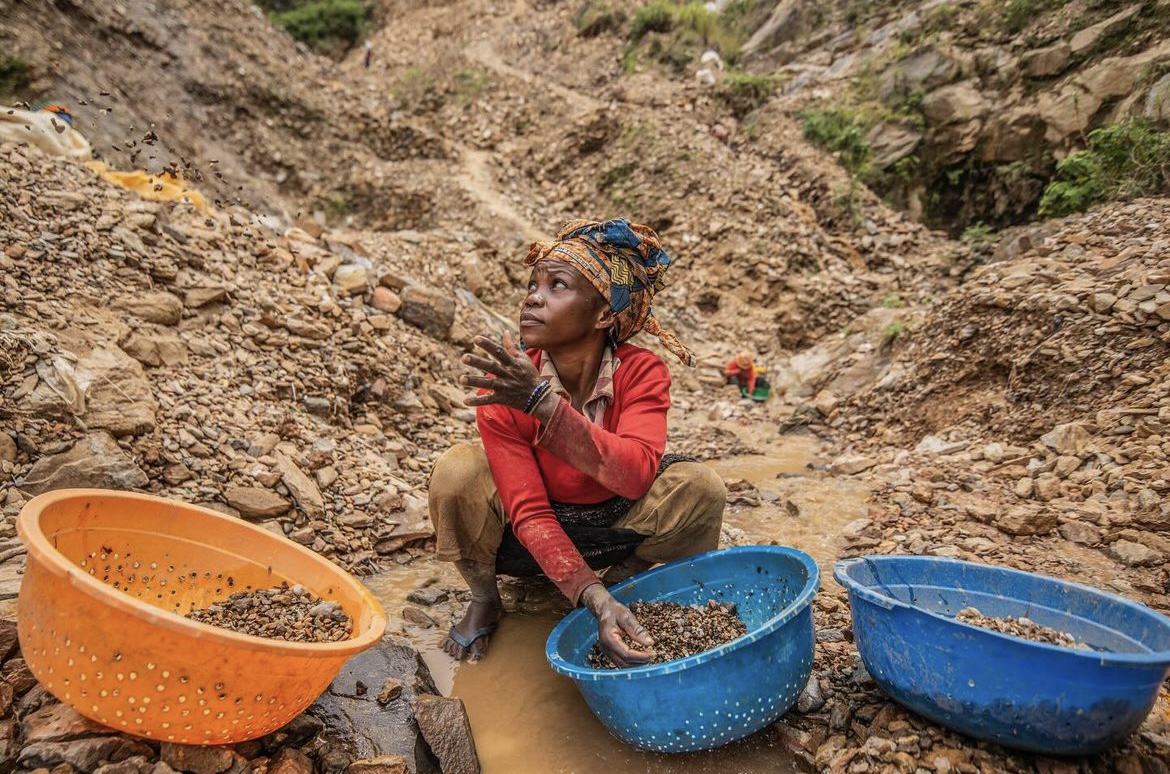The M23 rebels of the Democratic Republic of the Congo (DRC) have occupied a strategic mining town in the east of the country, further expanding their already considerably large zone of control.
An Expanding War
The seizure of the town, named Rubaya, is the latest in a series of losses for the government of the DRC and their allies of the Southern African Development Community (SADC).
Besides having a strategic location, Rubaya also holds in and around it large deposits of coltan, a mineral important for making smartphones, laptops, and game consoles. Fighting had been taking place around the town for several days, before the M23 was finally able to take the town, according to the M23’s military spokesman, Willy Ngoma.
C'est une joie immense pour les lions de sarambwe de stopper le génocide dans la cité de rubaya ,la coalition du mal:les FDLR,mai mai,imbonerakure, l'armée burundaise,FARDC ont juré d'exterminer les tutsi d'où notre action salvatrice pour libérer la population.vae victis.
— Willy NGOMA (@WillyNG0MA) May 1, 2024
Notably, this is the third time that the M23 has taken control of Rubaya since they began their counter-offensive against the DRC and SADC in mid-January. In the previous instances, their occupation only lasted a few days. The coming days will show if this new occupation will be a longer term “liberation”, as the M23 has put it, or just a brief occupation before the M23 are pushed out of the town.
Rubaya had previously been held by the Wazalendo, an association of pro-government, anti-M23 militias and self defence groups that operates in the North Kivu province. The Wazalendo were formed after DRC President Felix Tshisekedi had called for the creation of “vigilance groups against the expansionist ambitions” of the M23.
The Congolese military has stated they cannot confirm whether or not the town has fallen to the M23. It is unclear if the mining quarries of Rubaya are presently under control of the M23.
The DRC and the SADC have been facing setbacks since they attempted to begin an offensive against the M23 in mid-January. The M23 launched a counter offensive, and quickly seized large amounts of territory, pushing back the DRC/SADC and hostile militias in several different areas.

Presently, combat is ongoing around the town of Sake, a town which lies on the last remaining road to Goma, the North Kivu capital, that is still held by the government.
Goma is a city of two million people, however is also host to several hundred thousand people that are displaced from other areas of North Kivu. Combat has been ongoing around Sake since early February, with the M23 having been thus far unable to push the government out of the town, and the government having thus far been unable to push the M23 far from the town’s boundaries. Goma is approximately 25km away from Sake.
Blood Minerals
According to the mineral wealth that they hold within their borders, the DRC should be one of the richest nations in the world. However, their people are among the poorest. Many of the DRC’s key resources are in the east of the country. Also in the east of the country is over 120 different armed groups. Some of these groups are rebels, defensive militias, Islamic or Christian extremist groups, or criminal groups.
The majority of these groups source large portions of their funding from running illegal mining operations. Some of these groups even force local populations, including children, to run the mines for them under threat of violence.
For the eastern DRC, minerals are oftentimes extracted and then smuggled out of the DRC through the Ugandan, Rwandan, and Burundian borders in order to sell the minerals abroad.
The DRC has accused Rwanda, through the M23, of being a large perpetrator of this practice. The DRC, as well as the UN, US, France, and others, have long accused Rwanda of supporting the M23, an accusation Rwanda denies.
“Rwanda is a central actor of the illegal exploitation of minerals, and in particular the exploitation of tin and tantalum in the DRC. After their illegal extraction, these minerals are smuggled into Rwanda, where they are integrated into global supply chains” -Excerpt from a statement of a legal team of DRC lawyers
Various prominent international companies have come under fire for allegedly benefitting from both illegal mining operations in the DRC, as well as mining operations that utilize child labour. Tesla, in their acquisition of cobalt, is one of said companies.

More recently, the DRC has accused Apple of benefitting from illegal mining operations in the DRC.
The DRC’s legal team stated that Apple’s products were “tainted by the blood of the Congolese people,” claiming that many of Apple’s suppliers purchase minerals such as tantalum (the mineral used in smartphones and other tech products that is extracted from coltan), tin, tungsten, and gold (four materials oftentimes abbreviated to 3TG) from Rwanda, a resource poor country. They allege that these materials being sold by Rwanda to Apple’s suppliers are being illegally extracted in the DRC.
Apple has denied that its materials are sourced from conflict zones.
“Based on our due diligence efforts… we found no reasonable basis for concluding that any of the smelters or refiners of 3TG (tin, tantalum, tungsten and gold) determined to be in our supply chain as of December 31, 2023, directly or indirectly financed or benefited armed groups in the DRC or an adjoining country” -Part of Apple’s statement to AFP, when contacted by them in regards to the accusations
Regardless, the DRC’s legal team has sent an official cease and desist letter to Apple, meaning they could face legal action if they continue the alleged practice of purchasing conflict minerals.


